In 2020, an idea hatched to start a Butterfly House at our nursery as a way to help support struggling monarch butterfly populations. We had the plants and the space, and we knew we could make an impact, so planning began for a Spring 2021 opening of our new Butterfly House.
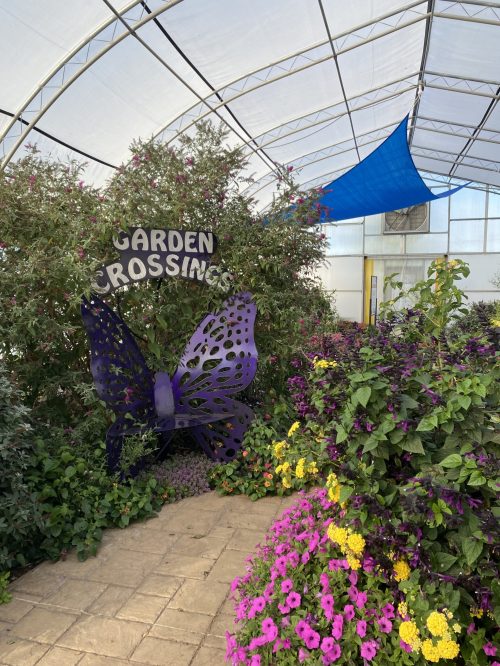
We’ve learned a lot in the four years we’ve been raising monarchs, and 2024 was our most successful year yet! We are proud to have raised four cycles of monarchs and released over 3,500 butterflies from June through October this season.
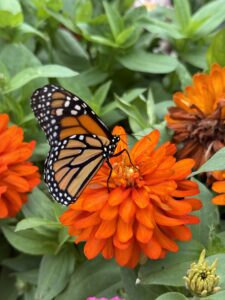
In May 2024, we released 100 monarch caterpillars into our Butterfly House and they all seemed to thrive. By June, we were already releasing our first cycle of monarch butterflies into our expansive gardens to feed on all the flowers there. Through the year, as we noticed that the current cycle of butterflies was laying eggs, we would catch and release them, so our Butterfly House wouldn’t become overloaded with butterflies. July brought an explosion of hatched monarchs, so in addition to catching and releasing them, we opened the greenhouse doors and let them fly away on their own.
This year, we set a goal of diversifying the types of butterflies we hosted in our Butterfly House. To raise black swallowtails, we planted their host plants of fennel and dill and brought in about 35 caterpillars. Success was moderate, but we’ll try again with them again next year. We like that they can overwinter in a chrysalis in our Butterfly House and naturally restart their cycle all on their own again in the spring.
One important lesson we’ve learned in running our Butterfly House, which is located in a hoop style greenhouse adjacent to our nursery, is that pest control is essential. Since it is a closed environment, the “good bugs” which are the natural predator of aphids, spider mites and other common garden pests, aren’t naturally present. We now use beneficial insects and organisms that won’t harm the caterpillars or butterflies in our Butterfly House and have introduced similar pest control protocols in our main nursery to great effect.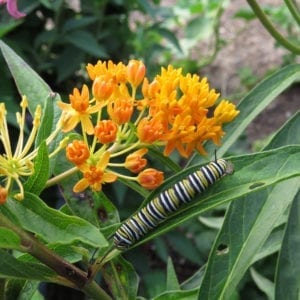 When you are raising thousands of monarch caterpillars like we do, you need an enormous supply of milkweed plants. Milkweed is the exclusive host plant for monarchs – it is the only plant they will lay their eggs on and the caterpillars feed on it exclusively once their eggs hatch.
When you are raising thousands of monarch caterpillars like we do, you need an enormous supply of milkweed plants. Milkweed is the exclusive host plant for monarchs – it is the only plant they will lay their eggs on and the caterpillars feed on it exclusively once their eggs hatch.
Though we have at least eight different species of milkweed planted in the ground in our Butterfly House, we’ve found that we need to bring in potted milkweed plants in addition. The caterpillars consume a tremendous amount of milkweed leaves each day, so by keeping some milkweed in containers, we can easily swap out defoliated plants with fresh ones from our greenhouse stock as often as needed. While the stripped plants are recovering and regrowing their leaves, the caterpillars are feeding on the alternate stock. Our milkweed plants are on a constant rotation all year to provide an adequate supply.
If you are raising monarchs too, we recommend growing as many milkweed plants as possible in your garden to act as both host plants and food sources for monarchs. In our experience, you can never have enough!
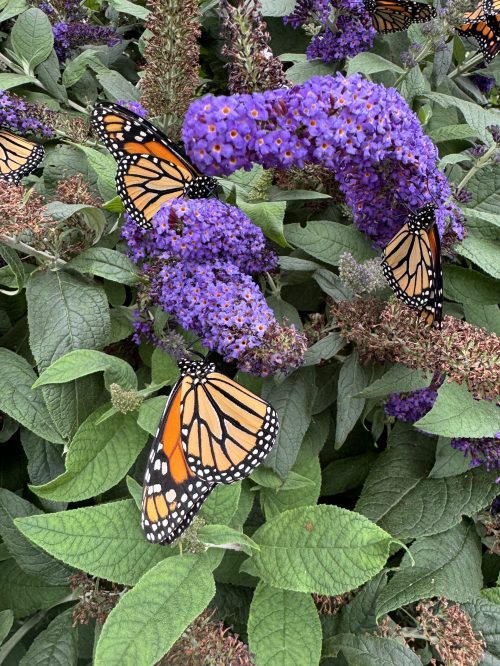
Which plants do the monarch butterflies that we raise seem to enjoy the most? Here’s our list:
- All species of milkweed (Asclepias) – the exclusive host plant for monarchs
- Fennel and dill – the host plant for black swallowtails
- Pugster® and Miss series butterfly bush (Buddleia)
- Meteor Shower® verbena
- Supertunia® petunias
- Luscious® lantanas
- Rockin’® salvias
- Heliotrope
- Zinnias
- Sunstar® pentas
- Truffula™ Pink globe amaranth
- Ornamental onion (Allium)
- Coneflowers (Echinacea)
- Tall garden phlox (Phlox)
- Stonecrop (Sedum)
Want to learn more about our Butterfly House? We’ve created a playlist you’ll love on our YouTube channel.
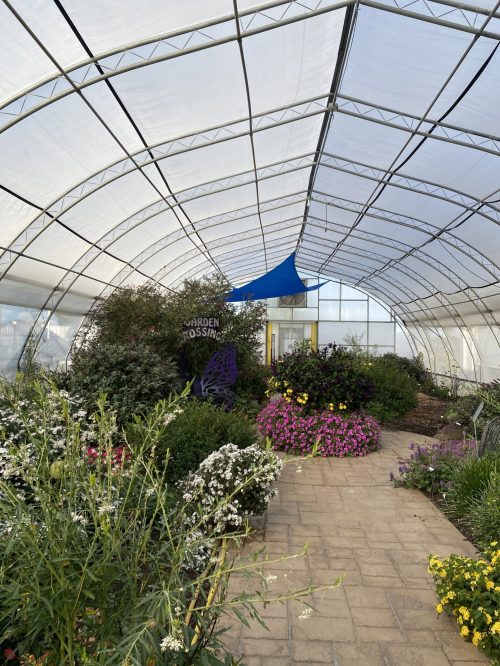
Come see our butterfly house in person! Stop in anytime from May through October for a tour. We’ll be happy to answer any questions you may have about raising monarch butterflies or starting a Butterfly House of your own. Our nursery is located at 4902 96th Ave in Zeeland, Michigan.
